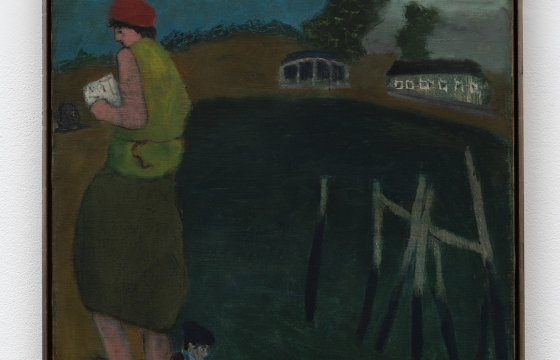
"Over the intervening decades, as movements such as American Impressionism, the Ashcan School, Abstract Expressionism, and Color Field painting came and went-each borrowing from him and, at times, claiming him as their own-Avery remained steadfastly focused on what was directly in front of him. His portraits and figure paintings reveal a quiet but acute observer of the human condition, one whose depictions of those who filled his life with meaning convey a palpable intimacy."
"Avery arrived in New York after spending his early years working night shifts in Connecticut factories so he could study art by day. After marrying Sally, an illustrator and painter, in 1926, the couple moved into a small one-bedroom apartment near what is now Lincoln Center. Reflected Artist (1927) is among several early self-portraits created out of financial necessity but also as meditations on identity. Its naturalism reflects the academic conservatism of his early training."
The exhibition surveys Milton Avery's figurative paintings from the 1920s through 1964. The works originate from the social circle that populated his household and studio, including artists, relatives, models, and friends. Avery remained focused on direct observation despite overlapping movements that borrowed from or claimed him. His portraits and figure paintings convey palpable intimacy and reveal a quiet, acute observer of the human condition. Painting functioned as a distillation of purity and essence expressed through color, line, pattern, and light. Early self-portraits emerged from financial necessity and meditation on identity while his style later evolved.
Read at Juxtapoz
Unable to calculate read time
Collection
[
|
...
]